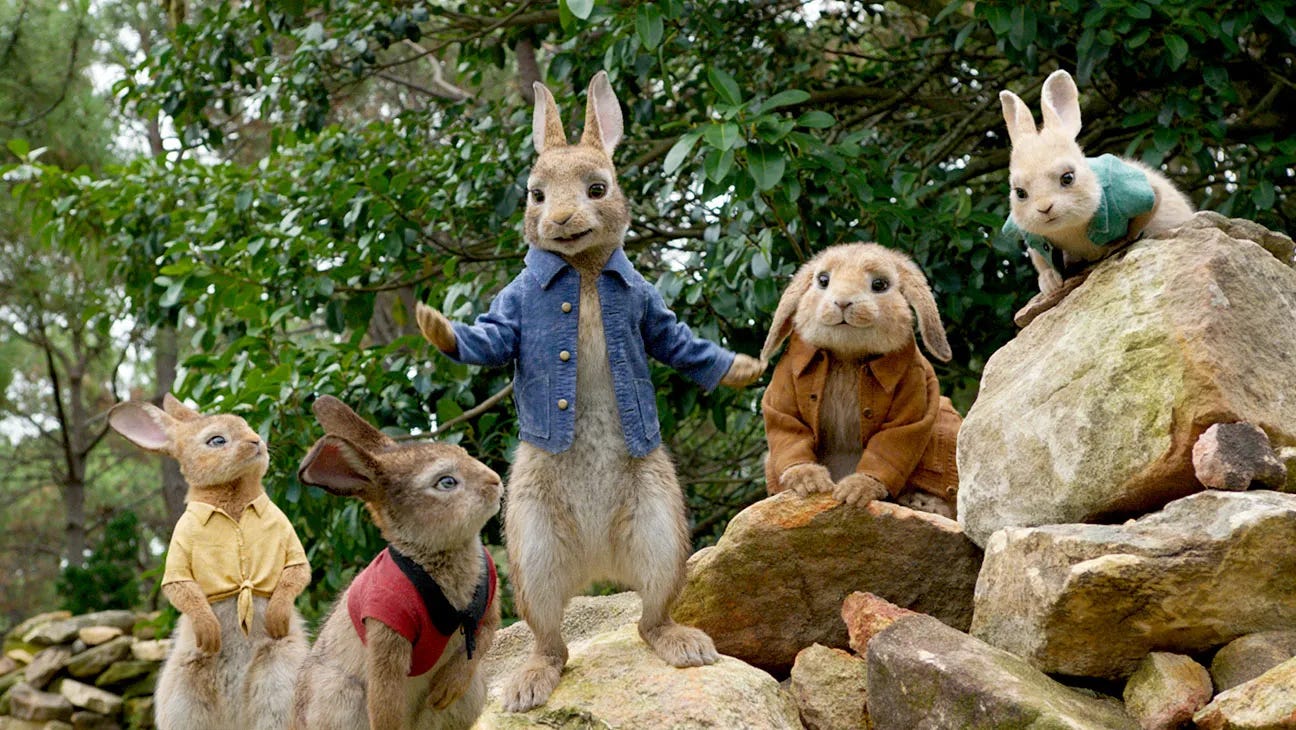On This Day in 1893: How a Sick Child and a Naughty Rabbit Changed the World
Peter Rabbit wasn’t born in a publisher’s office, but in a quiet act of kindness.
Peter’s First Hop: A Story Written for One, Loved by Millions
On this day, 4 September 1893, Beatrix Potter wrote what would become one of the most famous children’s stories of all time. But there was no ambition that day, no business plan, no market research. Just a 27-year-old woman on holiday in the Scottish countryside, wondering what to say to a sick little boy she cared for.
That boy, Noel Moore, was recovering from scarlet fever. Potter had already sent him countless letters filled with observations, sketches, and whimsical tales. But this one was different. With her pet rabbit rustling nearby and the Highlands outside her window, she began, “My dear Noel, I do not know what to write to you, so I shall tell you a story about four little rabbits…”
And so Peter Rabbit was born. The tale, in all its charm and caution, wasn’t designed for mass appeal. It was meant to distract one child from illness, drawn from the life of a mischievous bunny and written with warmth, not commerce. That intimacy gave it power.
Nature, Science and an Obsession with Truth
Beatrix Potter wasn’t only a writer. Before she ever published a book, she was a serious amateur scientist. Her studies in mycology, the biology of fungi, led her to question the accepted theories of the time. She produced rigorous research and even submitted a paper to the Linnean Society, though women weren’t allowed to present their work. A male botanist read it aloud on her behalf, but it was dismissed and eventually withdrawn due to concerns about contaminated samples.
What does that have to do with Peter Rabbit? Everything. Potter’s deep respect for nature, for observation, and for truth shaped how she saw the world. She sketched spores and animals with scientific precision. Her writing wasn’t sugar-coated fantasy; it was rooted in lived reality. The hedgerows, the fields, the predators, and the prey were drawn from life.
That’s why her stories resonate. They aren’t moralising lectures or overwrought escapism. They’re honest, sharp, and grounded. Naughty Peter ignores his mother and sneaks into Mr McGregor’s garden. He doesn’t learn a grand life lesson. He escapes by the skin of his teeth, loses his jacket and shoes, and goes home exhausted. That’s it. No miracle. Just consequences.
Rejection, Perseverance, and Self-Belief
By 1900, Beatrix had revised her Peter Rabbit letter into a manuscript. She added illustrations and sought a publisher. None were interested. So she did what few would: she self-published. 250 copies, printed at her own expense. Word spread. One of those copies reached Hardwicke Rawnsley, a clergyman and published author with publishing connections. He championed the book and found a home for it at Frederick Warne & Co.
The Tale of Peter Rabbit was released commercially in 1902 and sold 20,000 copies before Christmas. The floodgates opened. More tales followed, Squirrel Nutkin, Jemima Puddle-Duck, Tom Kitten, and the characters became household names. But what matters most is how she got there. She didn’t chase fame or follow a trend. She backed herself when no one else would.
And she never lost control. Potter was famously demanding with her publishers. She wanted her illustrations reproduced with accuracy and her books printed to exacting standards. She wasn’t precious, but she was precise. She understood the power of her work and wouldn’t let it be diluted.
Building a Legacy with Muddy Boots
Peter Rabbit made Beatrix Potter rich, but money wasn’t the goal. After tragedy struck, her fiancé Norman Warne died suddenly in 1905, Potter withdrew to Hill Top, a farm in the Lake District. She threw herself into farming, learning the rhythms of the land, raising Herdwick sheep, and managing livestock with the same diligence she once gave to spores and stories.
Later, she married William Heelis, a local solicitor, and bought more land. Not for vanity or escape, but to protect it. Beatrix Potter became a quiet force in land conservation, and eventually joined with the National Trust. By the time she died in 1943, she had left 4,000 acres, 16 farms, and countless buildings in their care. That land would become the backbone of the Lake District National Park.
This, too, was storytelling, just a different medium. Her passion for the countryside, for natural life untamed by industrial expansion, became her final narrative. She fought for the future by preserving the past.
What We Miss When We Call It “Just a Children’s Story”
The phrase “children’s book” often carries a dismissive tone, as if writing for children is somehow easier or less valuable. But Peter Rabbit is no lightweight. It is a masterclass in economy, tension, and rhythm. Its sentences are spare but evocative. Its characters simple but memorable. It respects the intelligence of its readers, never pandering or preaching.
And crucially, it survives. Over 120 years later, Peter Rabbit still sells. Still speaks. Still scampers through gardens in the minds of children. But beyond the global brand, the plush toys, the tea sets, and the board games, there is something pure at the heart of it all.
That letter on 4 September 1893 was not written to build an empire. It was written because Beatrix Potter had nothing else to say and refused to say something empty. She chose to tell a story. And that story happened to matter.
Peter Rabbit didn’t just hop into Mr McGregor’s garden. He hopped into cultural history.


